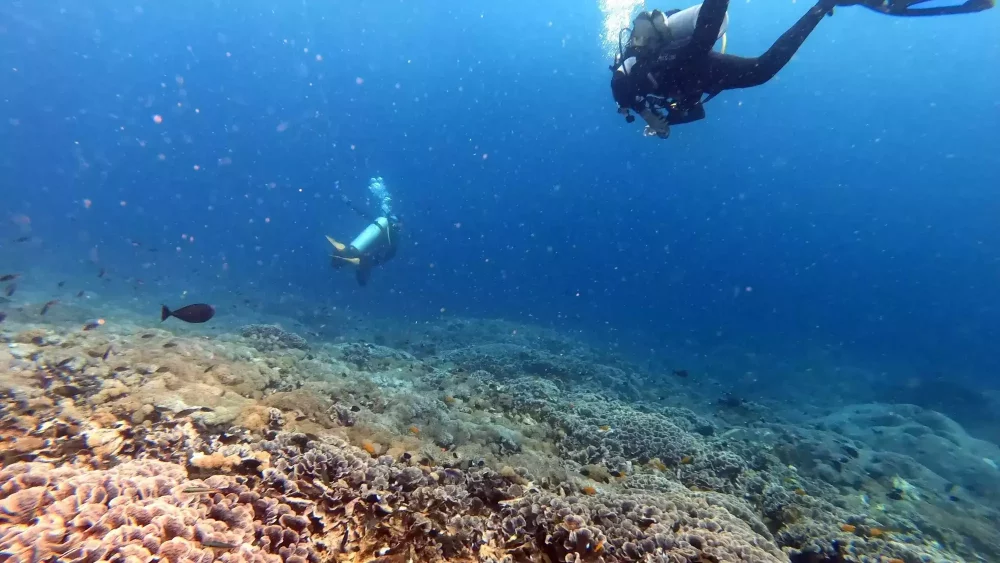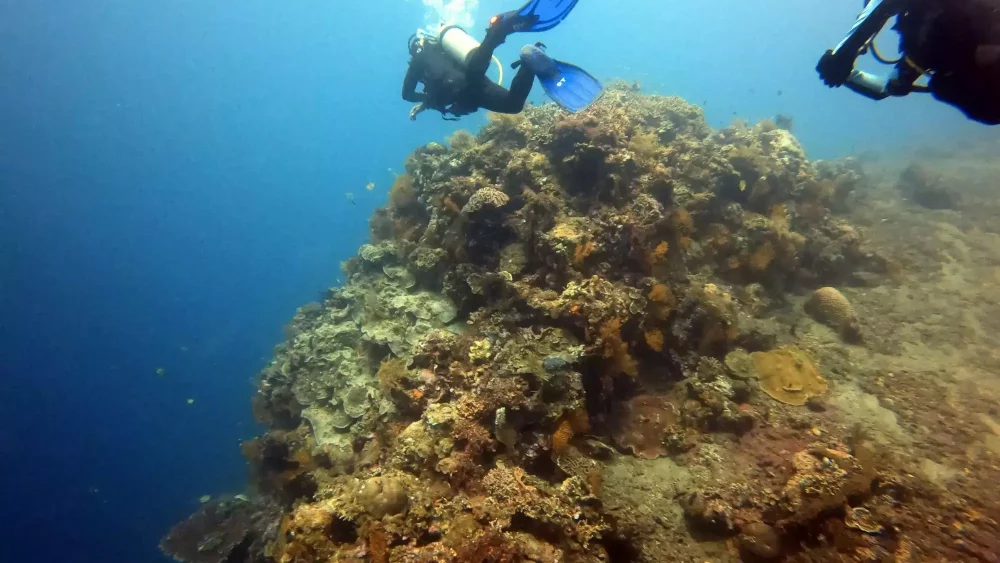Scuba diving is a captivating adventure that takes us beneath the waves to explore the wonders of the underwater world. But have you ever wondered how the science of gas laws influences your dive? In this guide, we’ll dive deep into the fascinating world of Boyle’s Law and Henry’s Law, two fundamental principles that underpin the technology and safety of modern scuba diving. Whether you’re an experienced diver preparing for exams, a beginner taking your first plunge, or simply curious about the subject, understanding these laws is essential for a safe and enjoyable dive.
Boyle’s Law
Let’s begin with Boyle’s Law, named after the Irish physicist Robert Boyle. This law relates to the behavior of gases when pressure and volume change.
The Formula:
Boyle’s Law can be represented as:
P1⋅V1=P2⋅V2P1⋅V1=P2⋅V2
Where:
- P1P1 is the initial pressure of a gas.
- V1V1 is the initial volume of the gas.
- P2P2 is the final pressure of the gas.
- V2V2 is the final volume of the gas.
History:
Boyle’s Law was formulated in the 17th century when Boyle conducted experiments to determine the relationship between pressure and volume of a gas. He discovered that when the pressure on a gas increases, its volume decreases, and vice versa. This law laid the foundation for our understanding of gas behavior.
Relevance to Scuba Diving:
In scuba diving, Boyle’s Law explains why divers must equalize their ears and sinuses as they descend. As you go deeper, the pressure increases, causing the air spaces in your body to shrink. Equalization, using techniques like swallowing or the Valsalva maneuver, ensures these spaces remain at a comfortable volume.
Henry’s Law
Now, let’s explore Henry’s Law, named after the English chemist William Henry. This law explains the relationship between gas pressure and the solubility of a gas in a liquid.
The Formula:
Henry’s Law is expressed as:
C=k⋅PC=k⋅P
Where:
- CC is the concentration of the gas in the liquid.
- kk is Henry’s constant (a specific value for each gas-liquid pair).
- PP is the partial pressure of the gas in contact with the liquid.
History:
Henry’s Law was first formulated in the early 19th century when William Henry conducted experiments on the solubility of gases in water. He discovered that the amount of gas that can dissolve in a liquid is directly proportional to the partial pressure of that gas.
Relevance to Scuba Diving:
Henry’s Law is of utmost importance in scuba diving because it explains the behavior of gases in our bodies as we descend and ascend. As a diver descends, the partial pressure of gases in the lungs increases. This leads to the increased solubility of nitrogen in body tissues, which, if not managed properly through dive tables and computer algorithms, can result in decompression sickness. On the ascent, reduced pressure causes the dissolved gases to come out of solution, requiring controlled ascent rates to avoid injury.
The Benefits of Understanding Gas Laws
Why is it crucial for divers to grasp Boyle’s and Henry’s Laws?
- Safety: Knowledge of these laws enables divers to avoid decompression sickness, barotrauma, and other potentially life-threatening conditions.
- Efficiency: Understanding gas behavior allows for more efficient use of dive time and gas consumption.
- Equipment Design: Modern scuba equipment, such as dive computers and decompression tables, is designed based on these laws to enhance safety and enjoyment.
By mastering these fundamental principles, divers can better appreciate the science that enables their underwater adventures. Whether you’re a seasoned diver, a beginner starting your journey, or someone intrigued by the subject, Boyle’s and Henry’s Laws are the foundation of scuba diving safety and technology. Dive in, explore the magic of gas laws, and embark on your underwater odyssey with a deeper understanding of the world beneath the waves.

